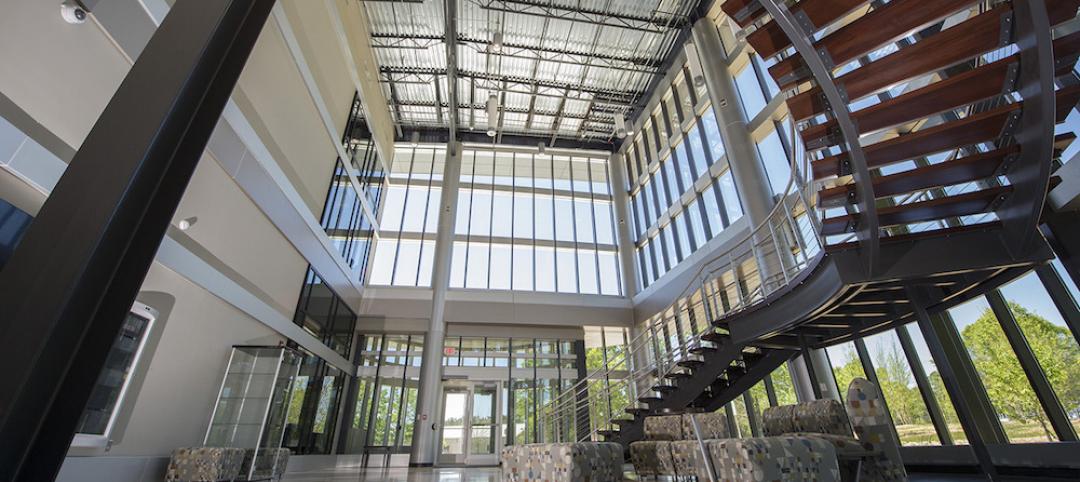A nationwide retrofit strategy could cut 51% of emissions from large buildings in Canada, according to a new Canada Green Building Council (CaGBC).
The report includes recommendations that CaGBC says would reduce 21 million tons of carbon by 2030, help the government achieve its climate change goals, and grow the economy. CaGBC researchers analyzed how the type, size, and age of large buildings, along with energy sources and the carbon intensity of regional electrical grids in Canada, can affect energy efficiency and carbon emissions.
Among the findings and recommendations:
- Buildings including office buildings, shopping malls, universities, and arenas constructed between 1960 and 1979 represent the age class with the largest opportunity for carbon emissions reductions.
- Alberta and Ontario currently emit the most carbon. This is due to the carbon intensity of Alberta’s electricity grid and the number of large buildings in Ontario.
- All provinces will need to prioritize recommissioning for large buildings (between 25,000 sf and 200,000 sf) and deep retrofits for buildings over 35 years old. These two actions will reduce emissions by 4.1 MT CO2e, providing 62% of the reduction needed to meet the goal.
- Fuel switching must be completed in 20% of buildings over 35 years old across Canada. Currently, fuel switching is particularly attractive in provinces with clean electricity grids such as British Columbia, Manitoba, Quebec, New Brunswick, and Newfoundland. In these regions, significant effort should be put into increasing the adoption of highly efficient heat pump technology.
- In provinces with carbon intense electricity grids—Alberta, Saskatchewan, New Brunswick, and Nova Scotia—30% of buildings will need to use renewable energy in order to meet the target.
Related Stories
Energy | Jul 25, 2016
Michigan law provides local governments with flexible energy conservation financing
Allows cities to fund projects without adding debt.
Contractors | Jul 15, 2016
Trade unions, contractors call for maximum penalty in construction worker death case
‘Sick and tired’ of lawbreaking contractors defining public perception.
Multifamily Housing | Jul 14, 2016
Portland, Ore., City Council approves construction excise tax for affordable housing
Expected to raise $8 million annually on commercial and residential projects.
Drones | Jul 13, 2016
FAA issues final rule on commercial use of drones
The rule covers commercial uses for drones that weigh less than 55 pounds, and it takes effect Aug. 29.
Codes and Standards | Jul 12, 2016
OSHA raises maximum civil penalties by 78%
Applies to infractions that occurred after Nov. 2, 2015.
School Construction | Jul 11, 2016
Fight over school funding in Arizona headed to court
Legislature accused of ignoring 1994 ruling ordering state to pick up some of the costs.
Green Specifications | Jul 8, 2016
World Green Building Council sets goal of 100% net-zero buildings by 2050
All new buildings and major renovations to be net-zero by 2030.
Market Data | Jul 7, 2016
Airbnb alleged to worsen housing crunch in New York City
Allegedly removing thousands of housing units from market, driving up rents.
Urban Planning | Jul 7, 2016
Y Combinator project would build new city using new technology, urban policies
Zoning, property rights, building codes all could be re-imagined.
Green | Jul 6, 2016
U.S. healthcare system’s GHG emissions rise 30% in past decade
If U.S. healthcare were a country, it would rank 13th in GHG emissions.

















